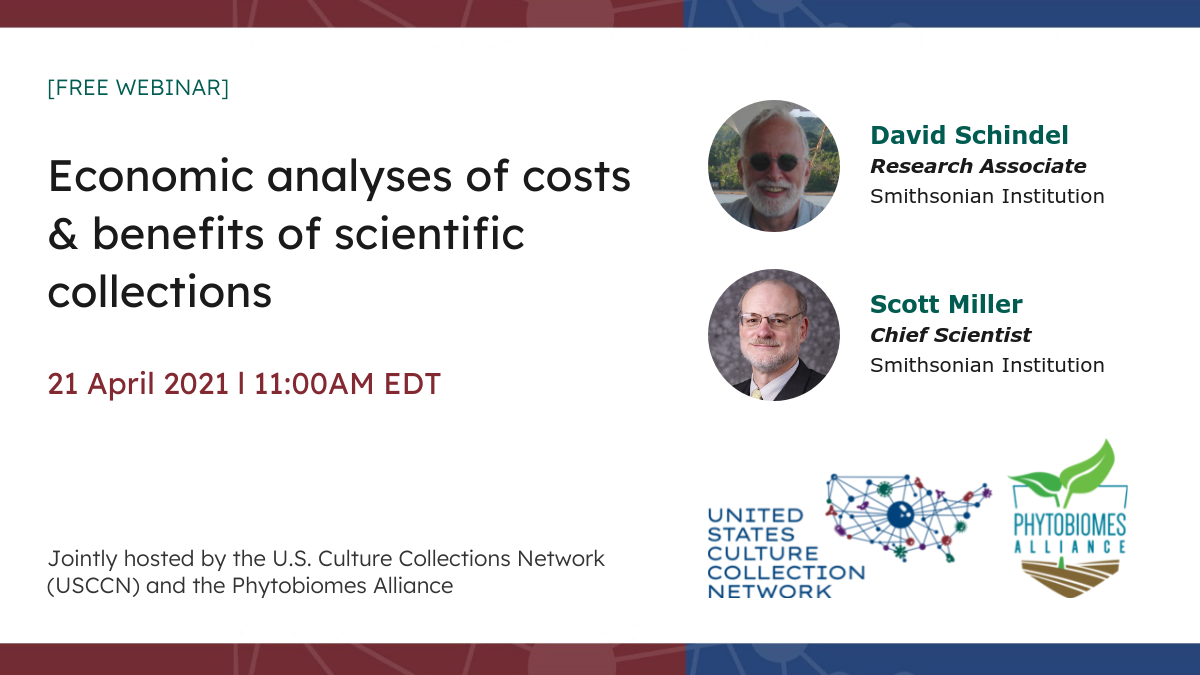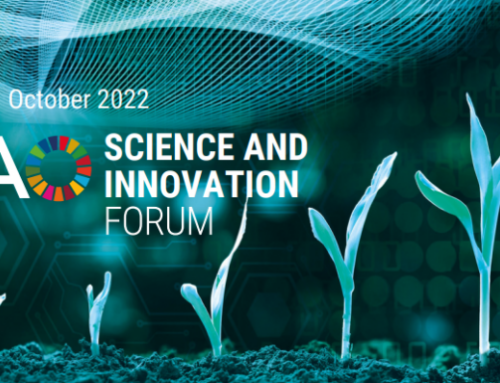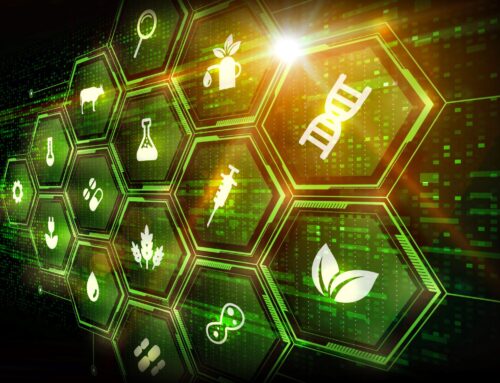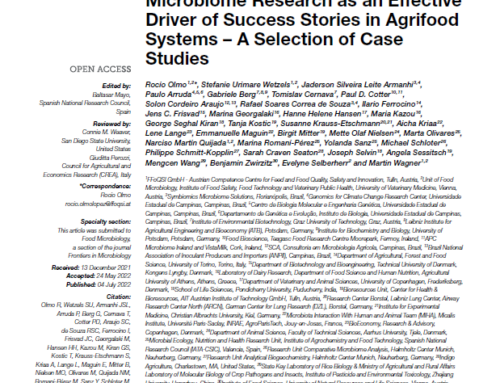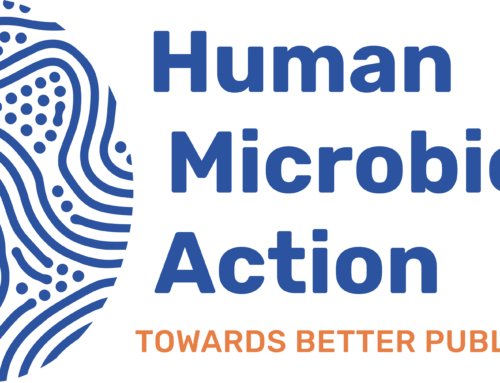Research in many scientific disciplines commonly relies on physical objects that range from microbes to moon rocks, from fossils dating back billions of years to emergency medical samples taken from human populations during pandemics. Federal departments and agencies make strategic decisions to retain and preserve these objects based on their potential value for future use. Billions of objects housed in thousands of these collections are assets available to the Federal, non-Federal, and international research and development communities.
Estimating and documenting the monetary and non-monetary benefits generated by collections can be challenging as they are usually indirect and delayed. In December 2020, the Smithsonian Institution Scholarly Press published a report on “Economic Analyses of Federal Scientific Collections: Methods for Documenting Costs and Benefits”. The report, a joint effort of 15 federal departments and agencies led by the Smithsonian and the U.S. Department of Agriculture (USDA), provides illustrative examples of the many ways federal scientific collections serve the nation, from vaccine development to earthquake preparedness. While the report focuses on federal collections, it also serves as a guide for other museums, universities, research institutions and industries. The publication offers evidence-based methods for measuring the benefits of scientific collections against the costs of maintaining them.
On 21 April, 17:00 – 18:00 CEST, the U.S. Culture Collections Network (USCCN) and the Phytobiomes Alliance are organizing a free webinar presenting the main findings and recommendations of the report.
The webinar will be presented by:
- David Schindel, Research Associate, Office of the Under Secretary for Science and Research, Smithsonian Institute
- Scott Miller, Chief Scientist, Office of the Under Secretary for Science and Research, Smithsonian Institute
For more information & registration, click here.
